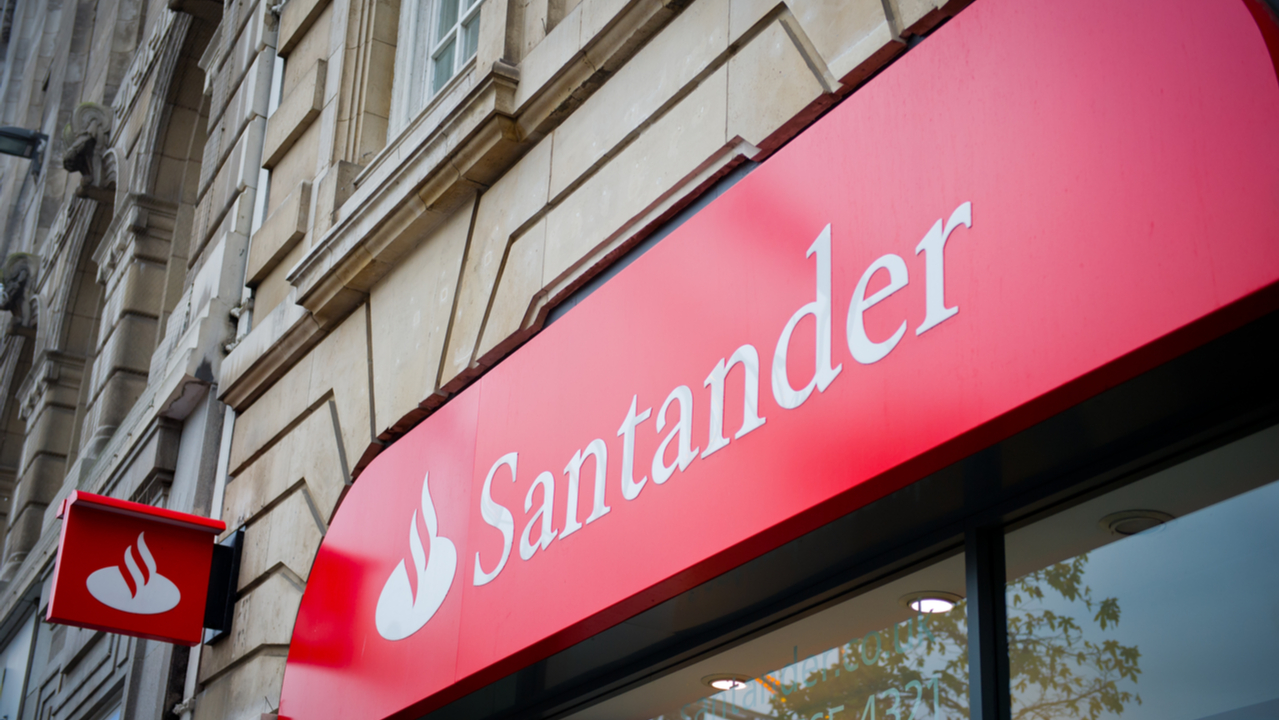
Nexo has officially launched its cryptocurrency credit card in collaboration with Mastercard after announcing the project back in 2019.
Major cryptocurrency loan company Nexo has officially launched a crypto-backed Mastercard card enabling users to pay for services with cryptocurrencies like Bitcoin (BTC) without selling their crypto.
Nexo has partnered with Mastercard and the peer-to-peer payment startup DiPocket to launch the Nexo Card, a crypto card allowing cardholders to use their crypto as collateral rather than selling it, the firm announced to Cointelegraph on Wednesday.
The card is linked to a Nexo-provided, crypto-backed credit line allowing to use of multiple assets as collateral, including but not limited to Bitcoin, Ether (ETH) and the Tether (USDT) stablecoin.
"The Nexo Card functions through Nexo’s crypto-backed credit lines which means that funds for your purchases come from your available credit line while your digital asset portfolio remains intact," a spokesperson for Nexo told Cointelegraph. The collateral is subject to repayments in accordance with Nexo's terms and conditions, the representative noted.
According to the firm, the Nexo Card’s credit line starts and stays at the 0% annual percentage rate and the product is the first-of-its-kind crypto-backed Mastercard card. The card also requires no minimum repayments and doesn’t take foreign exchange fees for up to 20,000 euros ($21,700). Like traditional Mastercard cards, the Nexo Card is available both in virtual and physical form and comes with direct Apple Pay and Google Pay integrations.
Nexo anticipates the Nexo Card to be accepted by 92 million merchants worldwide where Mastercard is accepted, allowing investors to spend up to 90% of the fiat value of their crypto in seconds without selling any of it, the announcement notes.
The card is immediately available in “select European markets,” Nexo said. According to the company’s website, the Nexo card is available only for residents of 29 countries including Belgium, Cyprus, Czech Republic, Finland, France, Germany, the United Kingdom and others.
Nexo co-founder and managing partner Antoni Trenchev emphasized that the new product launch is crucial for the synergy between the existing financial network and digital assets.
“This unique product will allow millions of people, first in Europe and then worldwide, to spend instantly without having to give up the potential of their cryptocurrencies, thus offering unprecedented everyday utility for the emerging asset class,” he noted.
Mastercard’s head of crypto and blockchain products, Raj Dhamodharan, reiterated the company’s focus on the cryptocurrency industry, stating:
“Mastercard believes that digital assets are revolutionizing the financial landscape and we are leading in innovation with programs like our partnership with Nexo to deliver people new and one-of-a-kind choices in how they pay and activate their crypto holdings.”
Related: Mastercard expands consulting with crypto-dedicated practices with 500 new hires
As previously reported, Nexo first started working on a MasterCard-branded crypto collateral-based card back in August 2019. The company completed a partial roll-out of the Nexo Card in select European countries earlier this year. The company inked a major partnership with Fidelity Investments’ crypto arm Fidelity Digital Assets last year to collaborate on crypto custodial services, products and lending services for institutional investors.










